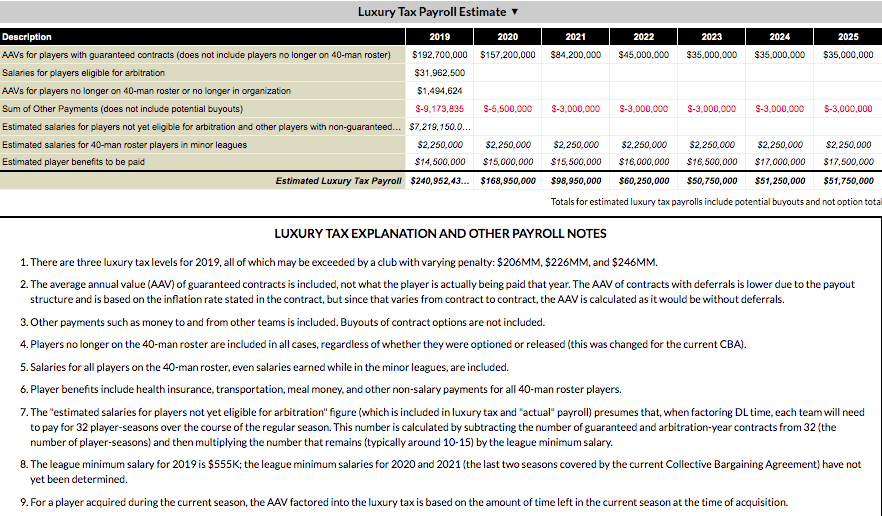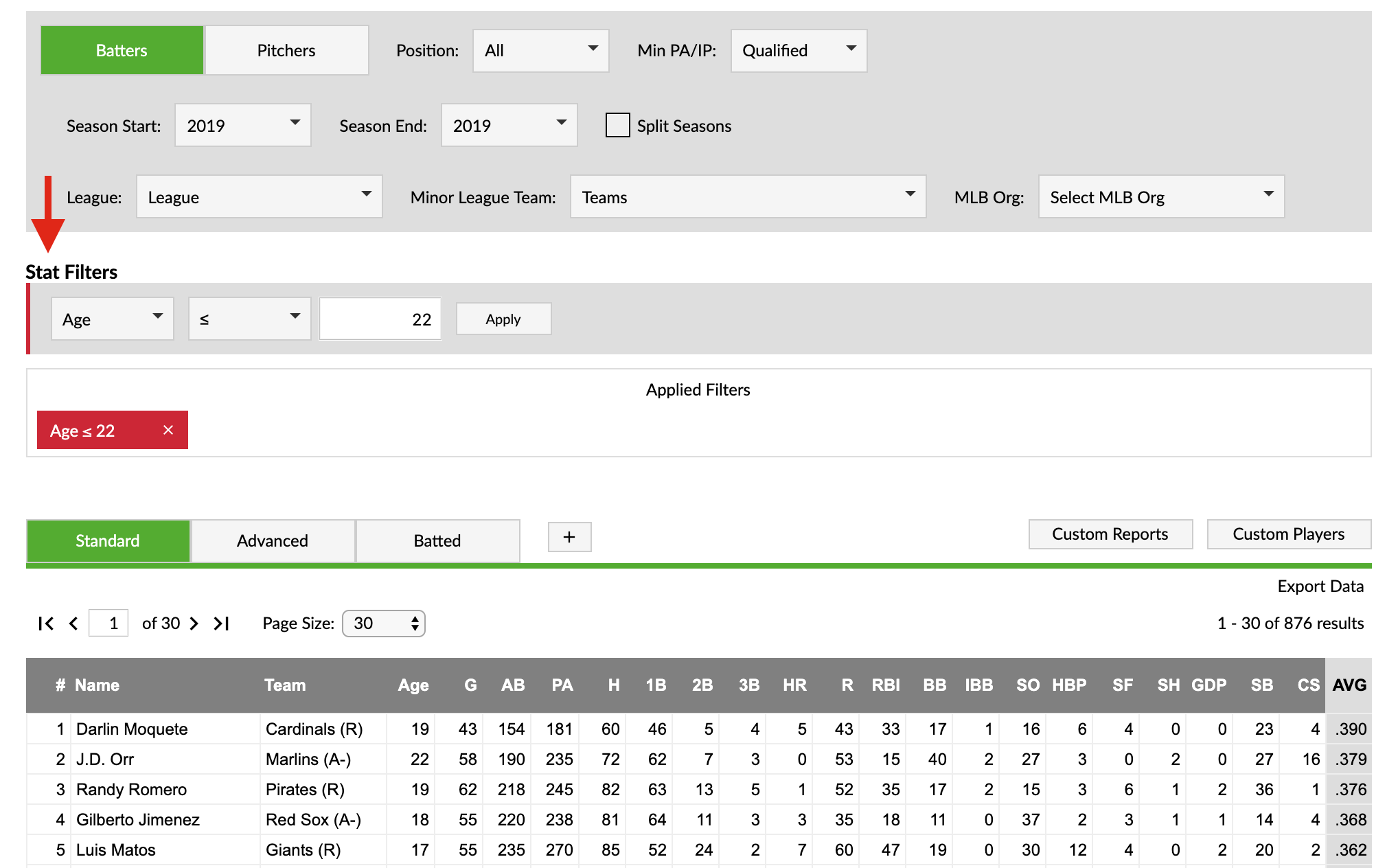Job Posting: Twins Baseball Operations and Technology Internships
Please note, this posting contains multiple positions.
Position: Research & Development Intern, Baseball Operations
Location: Minneapolis, MN
Responsibilities:
- Support the Research and Development Department by delivering tools and research that improve decision-making processes for the breadth of Baseball Operations personnel.
- Evaluate and build statistically rigorous models to aid and inform in a variety of areas of baseball operations, including: amateur scouting, advance scouting, player development, and player acquisition.
- Administrative support also expected.
Requirements:
- Proficiency in Microsoft Word and Excel
- Advance knowledge of sabermetric methods and analytical tools (e.g. SQL, R, Python) is preferred
- Major in Operations Research, Math, Statistics, Economics, Physics or Engineering is preferred
- Must be able to lift 35 pounds as needed
Time commitment: March 2020 through October 2020
Hours: 40 hrs/week
To Apply:
To apply, please complete the application that can be found here.
Position: Intern, Baseball Operations
Location: Minneapolis, MN
Responsibilities:
- Support the Baseball Department in all areas, including Draft meeting preparation and support during Draft days, post-Draft player pick-up, data entry, filing, and other assigned projects.
- Administrative support is expected throughout the internship, however, there is ample opportunity for areas of personal interest/development through self-determined projects and access to Baseball Operations personnel, information, and systems.
- Other administrative projects, as assigned.
Requirements:
- Proficiency in Microsoft Word and Excel
- General baseball knowledge
- Valid Driver’s License and vehicle
- Must be able to lift 50 pounds
- Able to stand or sit for long periods of time
- Some working knowledge of quantitative analysis (preferred)
- Spanish Proficiency (preferred)
Time commitment: March 2020 through October 2020
Hours: 40 hrs/week
To Apply:
To apply, please complete the application that can be found here.
Position: Motion Analysis Intern, Baseball Operations
Location: Minneapolis, MN
Responsibilities:
- Support Motion Performance Coach by providing analysis, insights and recommendations related to player motion data.
- Process, clean and verify integrity of data used for analysis.
- Collaborate with performance staff, coaching staff and baseball operations to improve player health, player performance and proprietary projections.
- Administrative support also expected.
Requirements:
- Advance knowledge of human movement and analytical tools (e.g. SQL, R, Python) is preferred.
- A sense of intellectual curiosity and a penchant for explaining technical solutions to a non-technical audience.
- Majors in Kinesiology or Biomechanics are preferred.
- Must be able to lift 35 pounds.
Time Commitment: January 2020 through October 2020
Hours: 40 hrs/week
To Apply:
To apply, please complete the application that can be found here.
Position: Baseball Systems Developer Intern
Location: Minneapolis, MN
Responsibilities:
- Assist with various programming projects to accomplish the objectives of the baseball department.
- Assist in the daily operations of the department.
- Design and code new features and enhancements.
- Collaborate on finding and fixing bugs.
Requirements
- Must detail relevant coursework within resume.
- Experience with JavaScript/TypeScript, C#, and SQL is preferred.
- Current college Junior or Senior pursuing a 4-year degree in Computer Science is preferred,
- Must be able to lift 35 pounds.
Time Commitment: January 2020 through December 2020
Hours: 20 hrs/week minimum during the school year, 40 hrs/week during the summer months
To Apply:
To apply, please complete the application that can be found here.
The content in this posting was created and provided solely by the Minnesota Twins.








